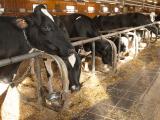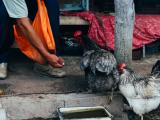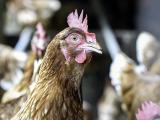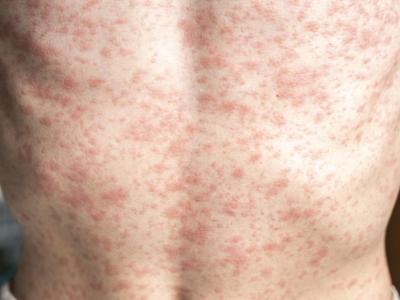Nov 18, 2010
Few clues in Hong Kong H5N1 analysis
In response to the recent identification of H5N1 avian influenza in a 59-year-old woman, Hong Kong officials are stepping up their inspections of poultry farms, tests on live birds, and cleaning of poultry farms and markets, Dr York Chow, Hong Kong's secretary for food and health, said today in a press release. He said public hospitals are taking precautions such as shortening visiting hours and asking visitors to wear masks. The woman is still in serious condition and has been transferred to Princess Margaret Hospital. Chow said initial tests on the H5N1 virus that sickened her reveal that it belongs to clade 2.3.2, common in Asia. He said the finding doesn't pinpoint where the woman, who had recently traveled to the Chinese mainland, was infected, though the flu incubation period suggests she probably contracted the virus during her trip. In other developments, Hong Kong's Center for Health Protection (CHP) today released a detailed clinical report about the woman's infection in the latest issue of its Communicable Diseases Watch. After she started having symptoms she visited the doctor and the emergency department before her hospital admission on Nov 14. When her condition deteriorated she was transferred to an intensive care unit and treated with oseltamivir (Tamiflu). She has not received mechanical ventilation. Her close contacts are under quarantine, and some have been given prophylaxis. So far all respiratory specimens from close contacts have tested negative for the H5N1 virus.
Nov 18 Hong Kong government press release
Study finds half of Indonesian live-bird markets house H5N1
Researchers taking environmental samples at live-bird markets in Indonesia, which has been hard hit by avian flu, found H5N1 contamination in almost half the markets tested. They collected samples from up to 27 poultry-related sites in 83 markets in three provinces and found 39 markets (47%) to have at least one H5N1-positive sample. Risk factors were slaughtering birds on site and being located in West Java province. Factors that lowered the risk included daily removal of waste and zoning that separated poultry-related work from other activities.
Nov 17 Emerg Infect Dis study


















